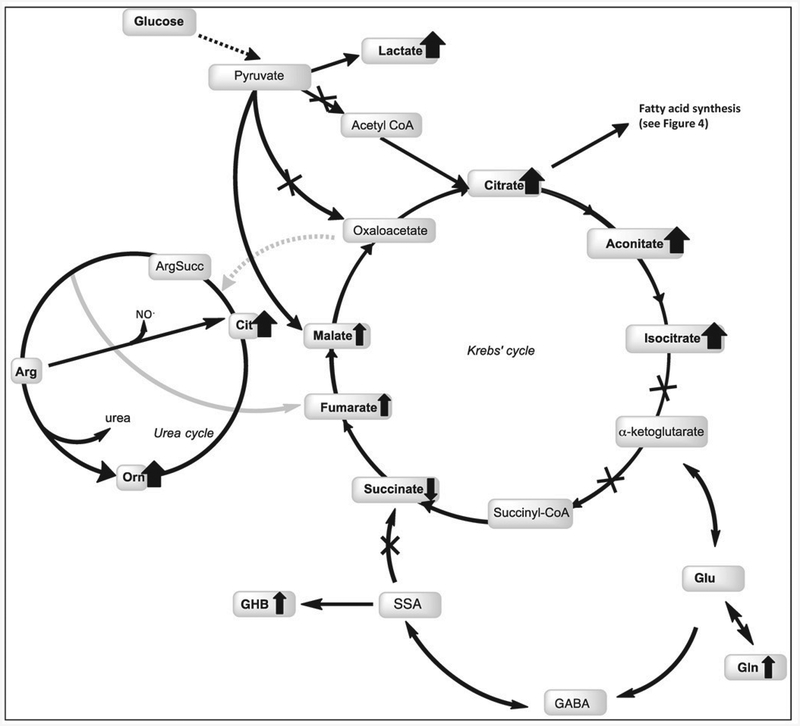Figure 3. Overview of metabolites related to glycolysis and bioenergetics in the premutation.
Metabolites identified in this study are shown in bold. Bold wide arrows depict strong alterations (LOG2 ≥ ± 1.2; increase if up or decrease if down) whereas thinner ones indicate moderate fold changes (LOG2 ≥ ± 1.1). Gin in the production of GABA and alpha-ketoglutarate in the Krebs’ cycle is also shown. The lower entry of pyruvate into the TCA via PDHC could result in two options: 1) to form oxaloacetate via the anaplerotic reaction catalyzed bv pyruvate carboxylase or, 2) form lactate via lactate dehydrogenase. In support of the latter, several intermediates of the TCA cycle (citrate, aconitate, isocitrate), some TCA analogs (tartaric acid or 3-hydroxymalic acid), and lactate were found significantly higher in carriers suggesting a lower TCA activity. Furthermore, the higher ratio of Gln-to-Glu observed in plasma of premutations compared to controls suggested an increased flux from TCA to Gin while the higher levels of GHB suggested an increased synthesis of GABA from Glu. The higher observed ratio of GHB-to-succinate in carriers is indicative of a lower succinic semialdehyde dehydrogenase (SSADH) activity, probably due to either a direct oxidation of critical Cys (e.g., increased oxidative stress conditions within mitochondria) or genetics contributing to the permutation phenotype. Other abbreviations used: GABA, 4-aminobutyric acid; GHB: 4-hydroxybutyrate; SSA, succinic semialdehyde; Cit, citrulline.

